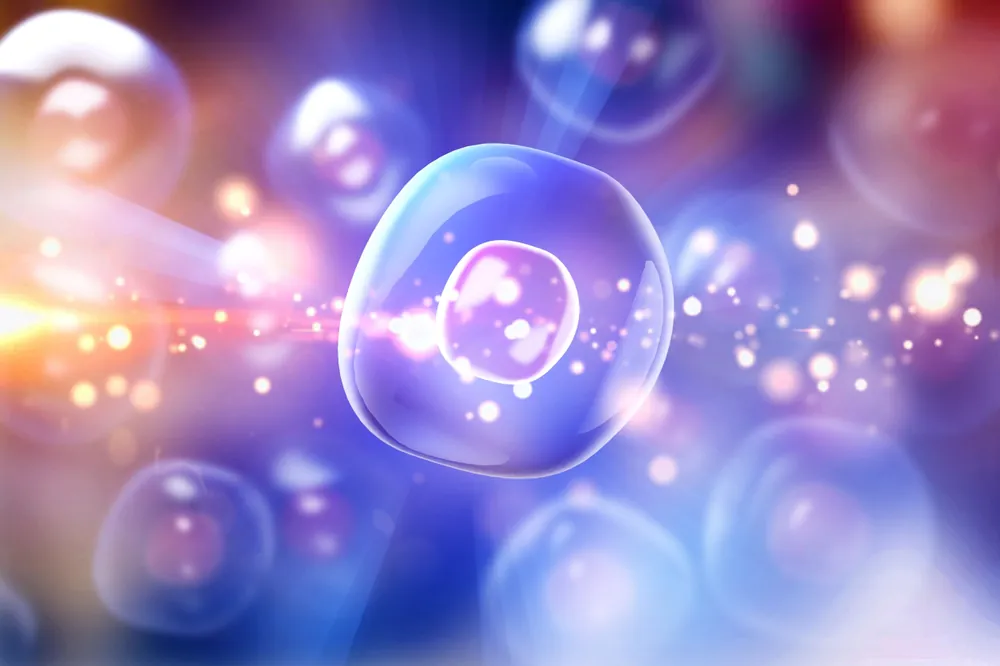A new study published in the journal Aging has examined the effects of vibration on cellular senescence and osteoporosis.

Read More
Superior treatments are needed for osteoporosis
Typically, bone density peaks for individuals around age 30 and then declines with age. While osteoporosis is rarely a direct cause of death, it is a major cause of disability. It can also indirectly cause death, as a rapid decline in health after a bone fracture is common in older individuals. However, as is the case with most age-related diseases, the current treatments and preventative strategies for osteoporosis are inadequate.
Low-magnitude vibration has been shown to be beneficial for bone growth in a variety of contexts. As a treatment, it is appealing due to its low cost, low side effect profile, and its ability to be utilized even in patients who cannot participate in load-bearing exercises.
Longevity researchers have also investigated whether senotherapeutics may help alleviate osteoporosis. In mice, cellular senescence has been shown to play a causal role in osteoporosis. Clearance of these senescent cells has also been shown to increase the bone density of osteoporotic mice.
Good vibrations
The Liang Li lab at Sichuan University recently took these two lines of research a step further, investigating the interplay between osteoporosis, cellular senescence, and low-magnitude vibration in rats [1]. Young (3-month-old) and old (22-month-old) rats were used in the study. Bone marrow mesenchymal stem cells, osteoblasts, and osteocytes were isolated from the rats and used for in vitro experiments. All three cell types showed greater degrees of senescence when taken from the older cohort, with more DNA damage, lower proliferation rates, and an increase in the senescence markers p21, p16, and SA β-gal.
Applying a vibration of 0.3 g (30% that of gravity) at a frequency of 90 Hz (similar to that of a cat’s purr) to these cells reduced their senescent phenotypes. Osteoblasts benefited from the vibration treatment in particular, showing similar DNA damage, SA β-gal activity, and p21 expression to cells isolated from young rats. The same vibration applied to aged rats also proved to be beneficial. Aged rats showed greater bone density as measured by both CT scanning and postmortem histology, although senescence markers were not examined.
With aging, the osteogenic cells in the bone microenvironment exhibit aging changes and the decline in proliferation and functional activities. The osteocytes have the most obvious aging changes. However, the LMV can inhibit the senescence of osteogenic cells partly through the Sirt1/p53/p21 axis, thus promoting bone formation of aged rats. Therefore, the inhibition of osteogenic cell senescence by LMV, is a valuable treatment to prevent or delay osteoporosis.
Conclusion
Our bones respond considerably to repeated impact. It is well studied that astronauts lose bone mass while in space and that running and walking can help stave off osteoporosis. Similarly, vibration-induced bone growth is a well-known phenomenon. However, this study is the first to show that the link between low-magnitude vibrations and bone formation extends to cellular senescence. It is unclear from this research what mechanisms are at play to create the link between the two, but this should provide an interesting line of future research.
In humans, the effectiveness of whole-body vibration is also not clear. It has improved bone density in some, but not all, clinical trials, suggesting that it only has a mild to moderate impact. Further, while maintaining bone density is crucial to extending healthspan, vibration does not seem to be a great candidate as an anti-aging therapy. One of the greatest advantages of a longevity-based approach is its application to all the tissues in the body, and while the authors of this study did not investigate the effect of vibration on other organs, it seems logical that these effects would apply only to bone tissue. However, it would be an extremely valuable development if vibration were to be discovered to impact cellular senescence in other tissues as well.
Literature
[1] Wen, J., Bao, M., Tang, M., He, X., Yao, X., & Li, L. (2021). Low magnitude vibration alleviates age-related bone loss by inhibiting cell senescence of osteogenic cells in naturally senescent rats. Aging (Albany), 13(8), 12031-12045. https://doi.org/10.18632/aging.202907



